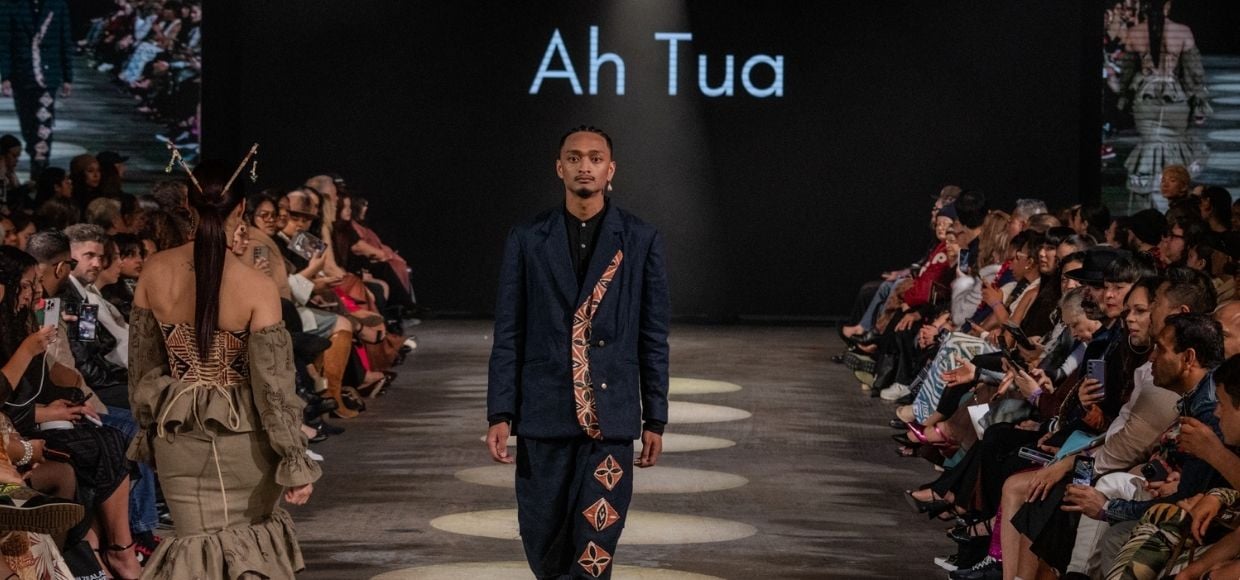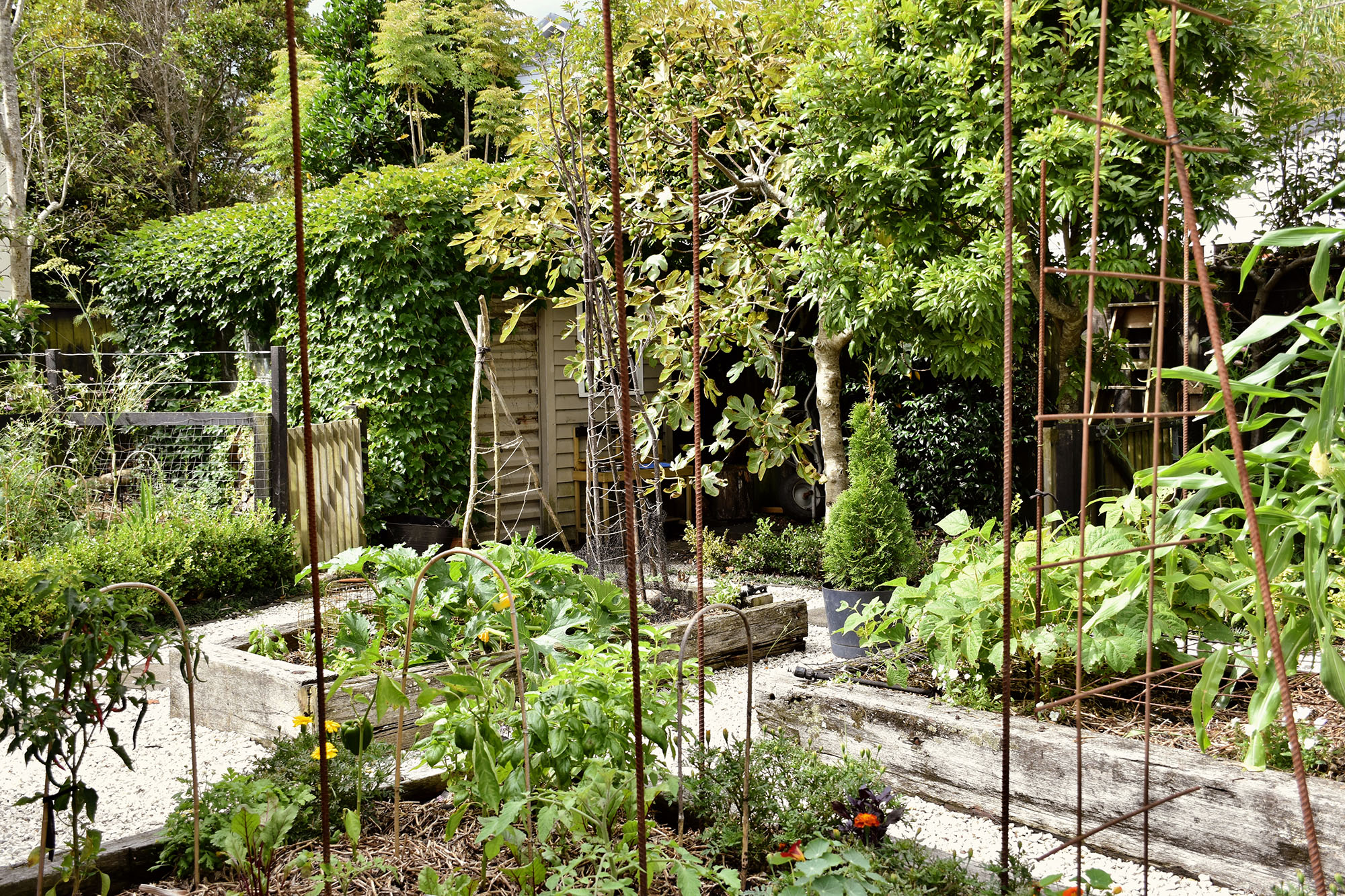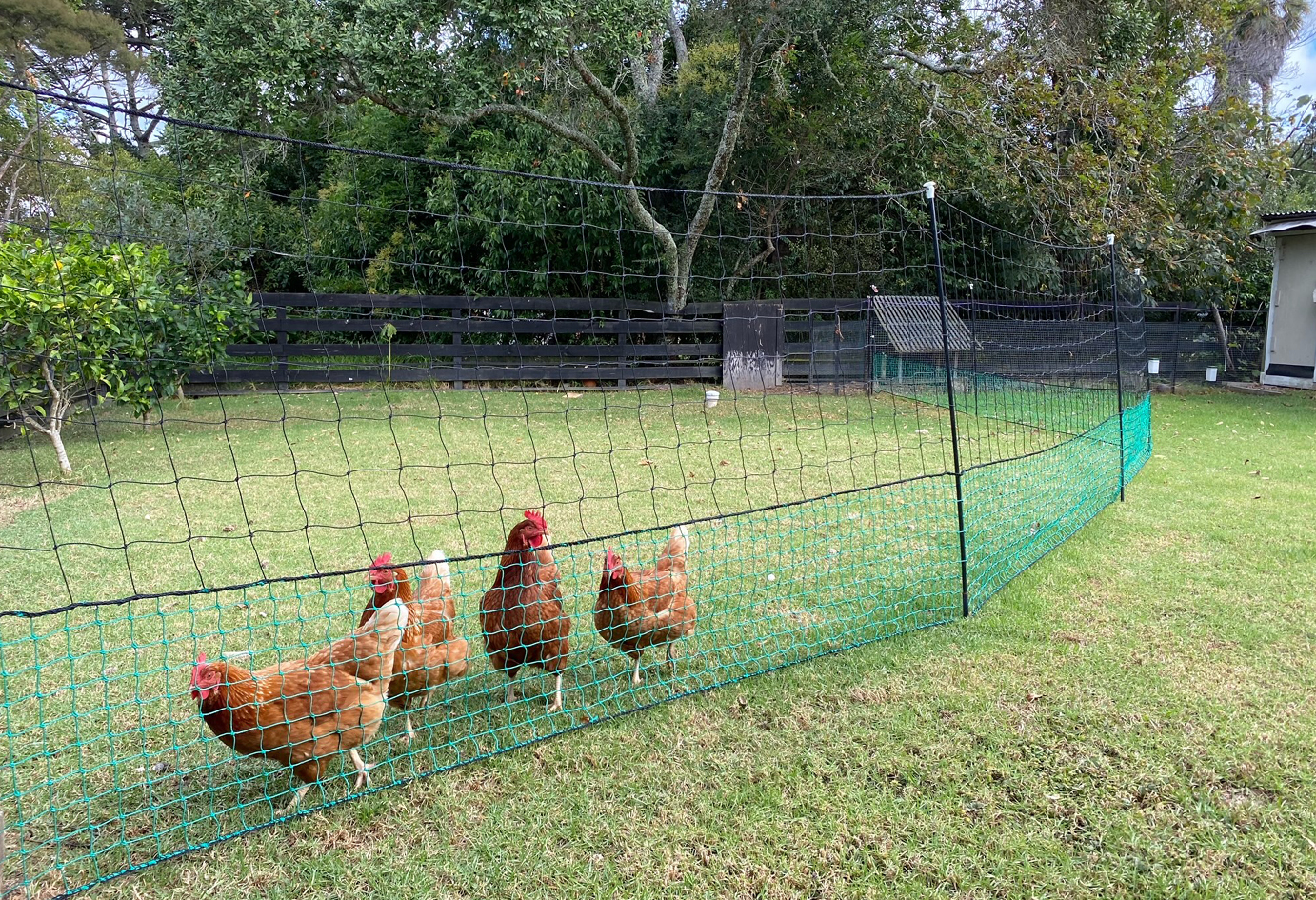In an industry driven by speed and overproduction, where trends change weekly and garments are often worn only once, a quiet and deliberate countercurrent is taking shape. This movement doesn’t chase the next big thing but instead looks to the past for wisdom. It’s rooted in slowness, story, and care.
As the conversation around sustainability deepens, it’s becoming increasingly clear that the future of fashion may not lie in new technology alone, but in traditional craft.
Practices like hand weaving, tapa and botanical dyeing are offering not just aesthetic richness but a radically different way to engage with clothing; one that is more human, more ecological, and more artful.
For Aialaisa and Matilda, New Zealand based Samoan creatives behind Island-inspired label Ah Tua, this way of working is inseparable from their identity.
“For us, we deeply value the process of Siapo/Tapa as well as its history,” they explain. “It is a staple in Polynesian culture which has been carried through generations and we are doing our part to keep this practice alive, taking it with us through our journey.”
Fast fashion is commonly criticised for its environmental impact, particularly the waste it generates. But beyond the overflowing landfills, the deeper issue lies in a system that has divorced clothing from value. Many people have lost a connection with how garments are made, who makes them, and the materials used.
Ah Tua’s is one brand whose philosophy offers an antidote. “Our pieces are custom made to each person. All unique, built on the idea of being specific just for you,” the duo say.
“We aim to keep overconsumption low by keeping our pieces tailored and one of one.”
This is the essence of slowness. Traditional craft practices like Tapa are not just about aesthetics, but about patience, effort, and deep cultural memory. “Through making clothing ourselves we have definitely come to appreciate the work and effort designers put into creating clothing,” they reflect. “It takes a lot of patience and effort but that’s what makes fashion, art, and seeing our work come to life all worth it.”



Craft is not just about technique; it’s about mindset. It encourages us to slow down, to appreciate nuance, to value time as an integral part of design. For Ah Tua, it also means sourcing responsibly. “We get it straight from the source. We support our people in Samoa who have taken the time and effort to keep the traditions alive and give back to our community through fashion.”
Yet making art in a commercial landscape has its challenges. “Absolutely,” they admit. “Making art is expensive and time consuming. With the current market it can be hard to compete with prices. A lot of people are comparing fast fashion and slow fashion prices and I don’t blame them in this economy, so it can be challenging finding the right balance. We are constantly learning new ways, whether small or big, to meet in the middle without compromising quality.”
What often goes unseen in conversations about art and sustainability: as Aialaisa and Matilda put it simply but powerfully: “Time and effort. Whatever it may be that someone is creating, it will always take time and effort.”
Behind every hand-painted Siapo (Tapa), every stitched hem, lies not just labour but lineage. Traditional techniques are never just processes — they are carriers of knowledge, patience, and history. The long hours involved in creating a single piece are a reflection of generations before, and a reminder that fashion was never meant to be rushed.
“The patience to really bring something to life such as the process of making Tapa which isn’t an easy feat. There’s a lot of history there, so these techniques are really important.”
“If we don’t honour them and keep them alive, a lot of who we are and what our ancestors have built will cease to carry through history.”
Their call to the industry is clear: “More support from supply chains, more opportunities for collaborations as artisans would be super awesome to see. Highlighting and educating more people on the value of handcrafted pieces would have great impact.”
Despite the challenges, Aialaisa and Matilda remain hopeful. “I feel fashion is constantly evolving,” says Matilda. “There’s more light being shed on the importance of sustainability, ethically sourced and eco-friendly materials, so I feel we are headed into a good place if we keep at it. As an emerging brand along with many others, it’s great to see more support for our work and what we contribute to the community.”
Around the world, a new generation of artists and designers is reclaiming traditions and reinterpreting them through a contemporary lens. Their work challenges the dominant narrative and shows that fashion can be a tool for reconnection.
For Ah Tua, there is no separation between heritage and design. “Our culture is actually the heart of our label. With every single piece we have created, our Polynesian roots are the main inspiration. Growing up as Samoans living in New Zealand, I think both sides play a huge role in the style and material used in all our designs.”
For the fashion industry to evolve meaningfully, it must do more than innovate; it must remember. Traditional craft is not a relic of the past but a living, breathing guide for the future. In its slowness, we find sustainability. In its process, we find purpose. And in its beauty, we find a path forward; one garment, one story, one stitch at a time.






